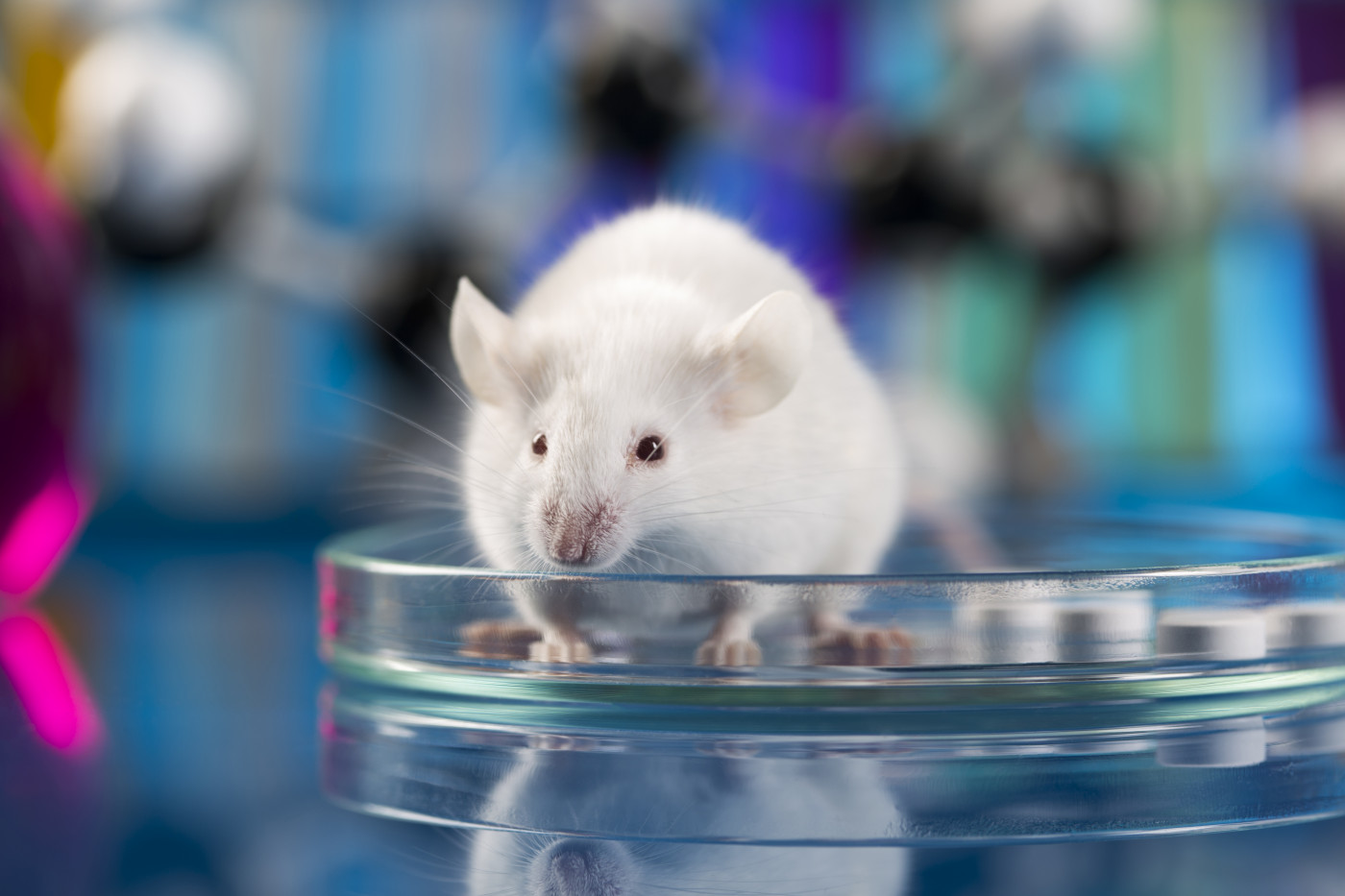RNA in Nanoparticles Leads to Efficient FVIII Production in Mice, Study Finds

Tiny particles containing RNA led to successful delivery and production of factor VIII (FVIII) — the clotting protein that is missing or defective in people with hemophilia A — in a mouse model of the disease, according to a new study.
The study, “Functionalized lipid-like nanoparticles for in vivo mRNA delivery and base editing,” was published in the journal Science Advances.
Although replacement therapy delivering FVIII protein into a patient’s bloodstream has become a standard approach in hemophilia, the use of messenger RNA — a molecule derived from DNA that contains instructions for building a protein — has attracted interest as a way to provide therapeutic proteins.
Replacement therapy is convenient, as it can be given on-demand during acute bleeding episodes or as a regular preventive — prophylactic — treatment, but carries certain risks, such as contracting disease from donor blood that was screened improperly, or developing antibodies against the “foreign” proteins.
mRNA offers potential advantages, including a potential reduction in the frequency of infusions and the use of the cells’ own machinery to produce proteins. However, the method’s efficiency and how best to deliver therapeutic mRNA into cells, has been a challenge for clinical applications.
A team led by researchers at The Ohio State University (OSU) designed biodegradable, lipid (fat)-derived nanoparticles — or lipid-like nanomaterials — able to contain long mRNA molecules. In particular, the team identified FTT5 as the best material to safely deliver the mRNA of FVIII.
Using a mouse model of hemophilia A as well as healthy (or wild-type) animals, the investigators found that administering the nanoparticles via intravenous (direct-to-the-vein) injection induced FVIII production in the liver that reached 90% of normal activity within 12 hours. No signs of organ damage were detected.
Again using mice, investigators further explored the nanoparticles’ potential applications by loading them with RNA carrying the genetic code for a DNA editor and a guide RNA to ensure that the edits occurred in the desired target. Specifically, the scientists intended to edit a liver gene called PCSK9, known to cause high cholesterol when mutated.
Results showed approximately 60% targeting efficiency at a low nanoparticle dose.
“We demonstrated two applications for lipid-like nanomaterials that effectively deliver their cargo, appropriately biodegrade and are well-tolerated,” Yizhou Dong, PhD, the study’s senior author and a professor of pharmaceutics and pharmacology at OSU, said in a university news story. “With this work, we have lowered potential side effects and toxicity, and have broadened the therapeutic window.”
“Overall, the lead FTT5 LLNs [lipid-like nanomaterials] merit future preclinical and potential clinical evaluation,” the scientists wrote.






